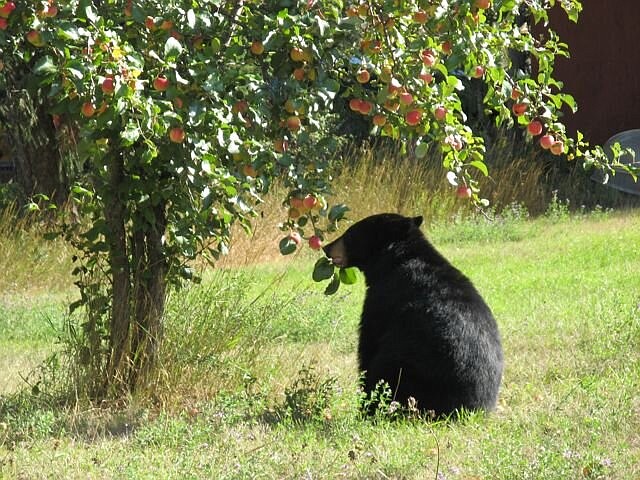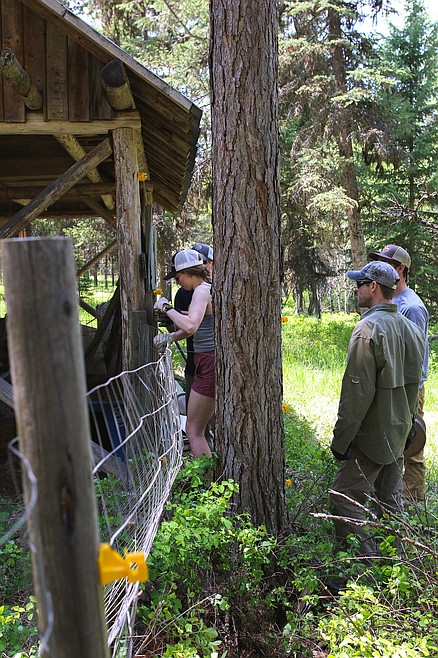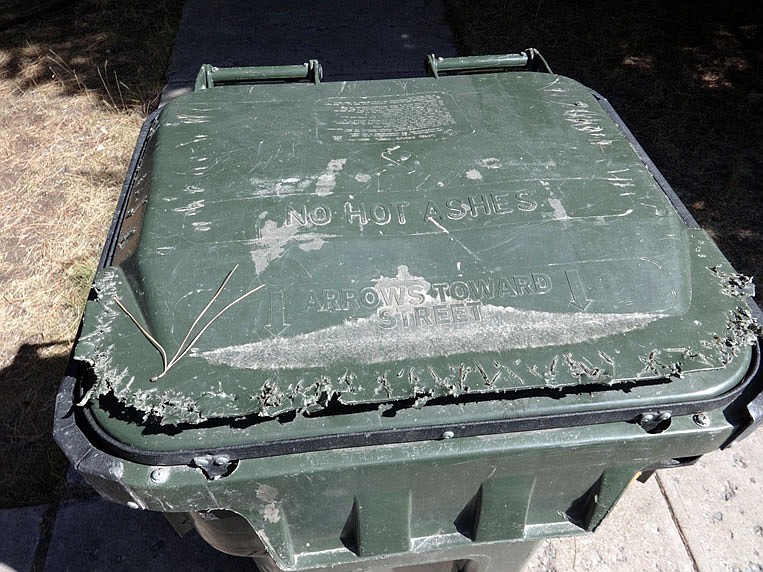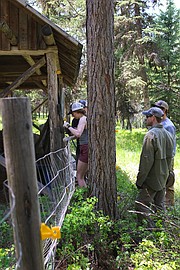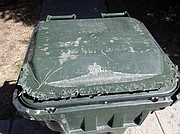Coexisting with Bears
Early spring is one of the few times of year when food sources for animals such as grizzly and black bears are relatively scarce. Because of this, it is essential that we work to contain our household attractants. Items such as garbage, small livestock like chickens and pigs, bird seed, dog food, and even backyard vegetable gardens or fruit orchards can serve as attractants for bears and other wildlife. If given easy access to such attractants, bears will often begin to re-visit particular homes or other properties to find a quick, easy meal. While this may seem harmless at first glance, bears who make a habit of such behavior may find themselves creating potentially dangerous situations for both humans, and the bears themselves. A bear may become habituated and food conditioned to attractants around homes, leading to dangerous unexpected human encounters, bears breaking into buildings or causing other property damage, or the loss of valued livestock. If a bear is successful time after time in obtaining unnatural human attractants, it will often return and become more comfortable being around homes and will often lead to it investigating neighboring properties for similar attractants as well. To prevent bears from finding success in the backyard foraging efforts that often get them in to trouble, there are several key actions we can take.
The first way that we can work to coexist with the bears of our area is to properly contain any garbage and food waste in a bear safe manner (i.e. a bear-resistant garbage container), as well as limit the time that the attractant sits outside. A good practice, even when using bear-resistant containers, is to place your containers out the night before or morning of garbage pick-up.
While it can be easy enough to switch from a typical garbage can to a bear-resistant one, you might be asking yourself how you can work to prevent bears from getting other attractants such as chickens or orchards. For attractants that fall into this category, electric fencing is a great option to keep bears from developing bad habits, while also ensuring the protection of our precious apples and chickens.
Here at Swan Valley Bear Resources (SVBR), a collaborative working group formed by local non-profit conservation organizations and community members in partnership with the U.S. Forest Service, Montana Fish, Wildlife & Parks (FWP), U.S. Fish & Wildlife Service (USFWS), and other natural resource entities, we work to supply community members with the necessary resources to promote coexistence between people and bears. Some of the resources available to you through SVBR are bear-resistant garbage containers, electric fencing, and property consultations.
If you are interested in finding solutions for preventing negative interactions with bears that are travelling through your back yard, give Swan Valley Bear Resources or your local FWP bear management specialist a call or email to inquire about our services. We can help provide bear resistant garbage containers, electric fencing projects, and free property consultations to help identify any potential improvements that can be made around your home.
To learn more about Swan Valley Bear Resources, and how you can work to maintain a healthy relationship with your wild neighbors, please visit www.swanvalleyconnections.org/swan-valley-bear-resources or give us a call at 406-754-3137.

